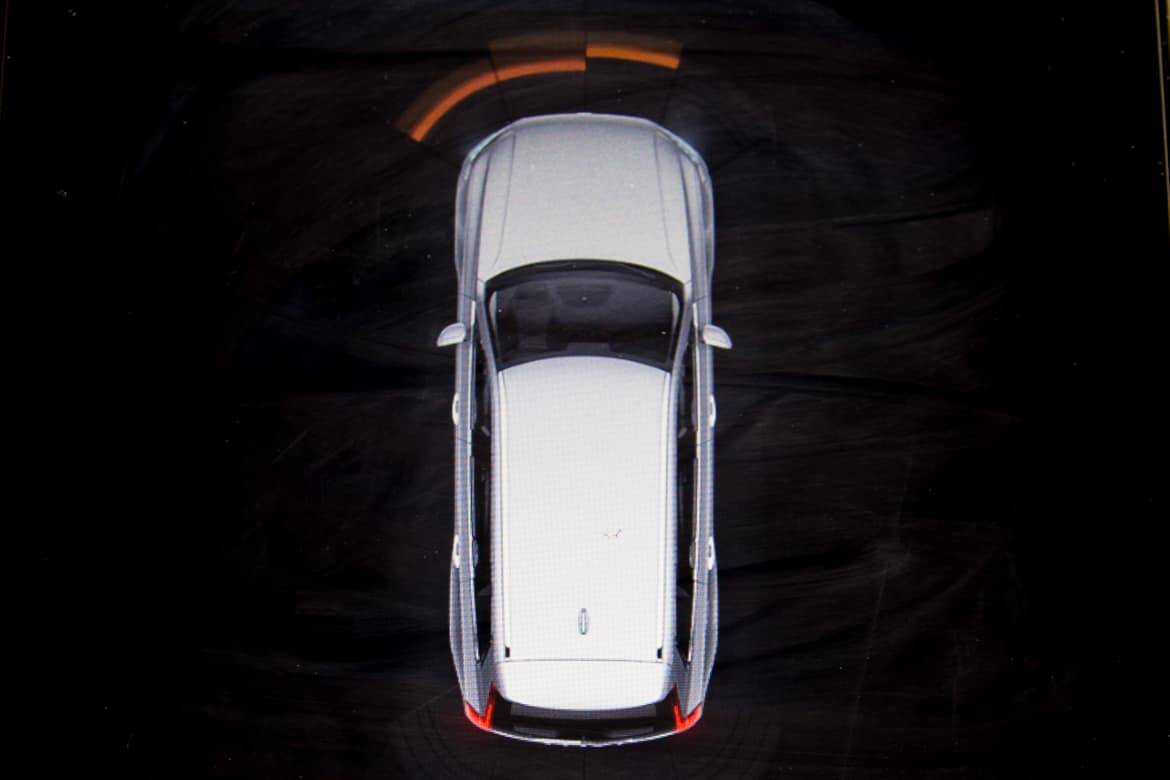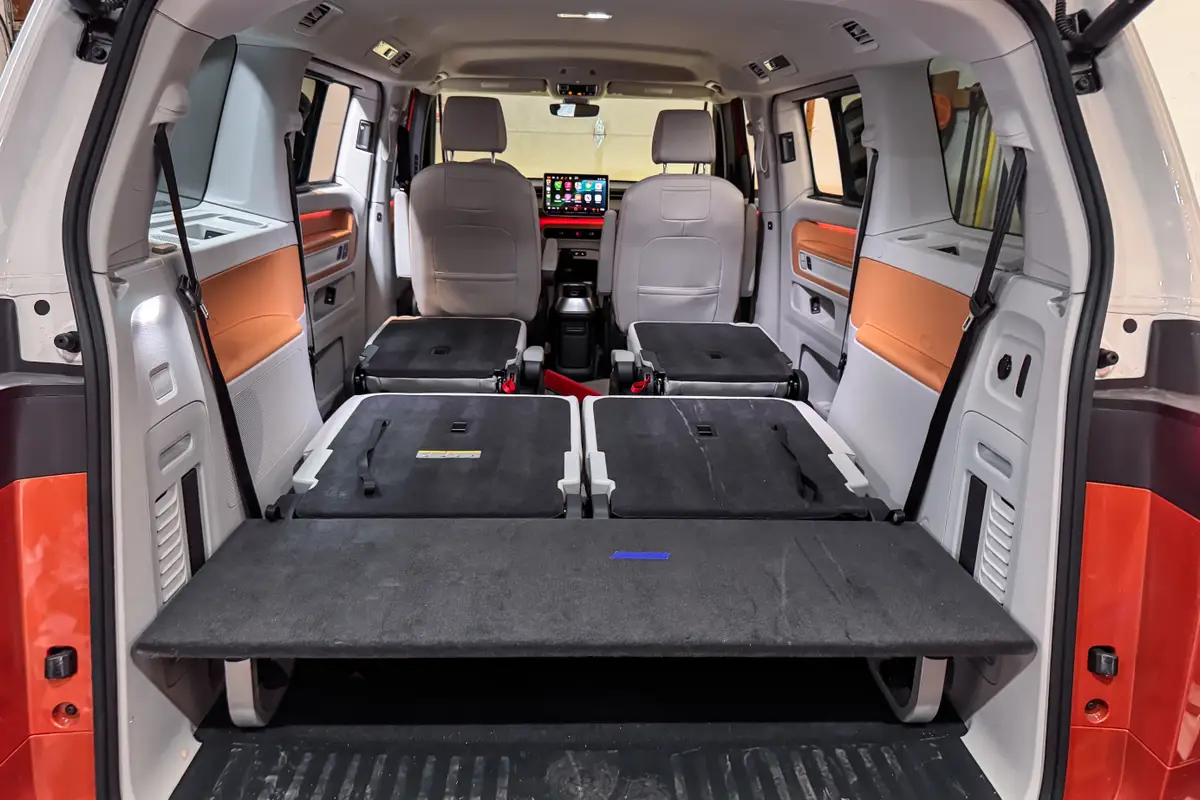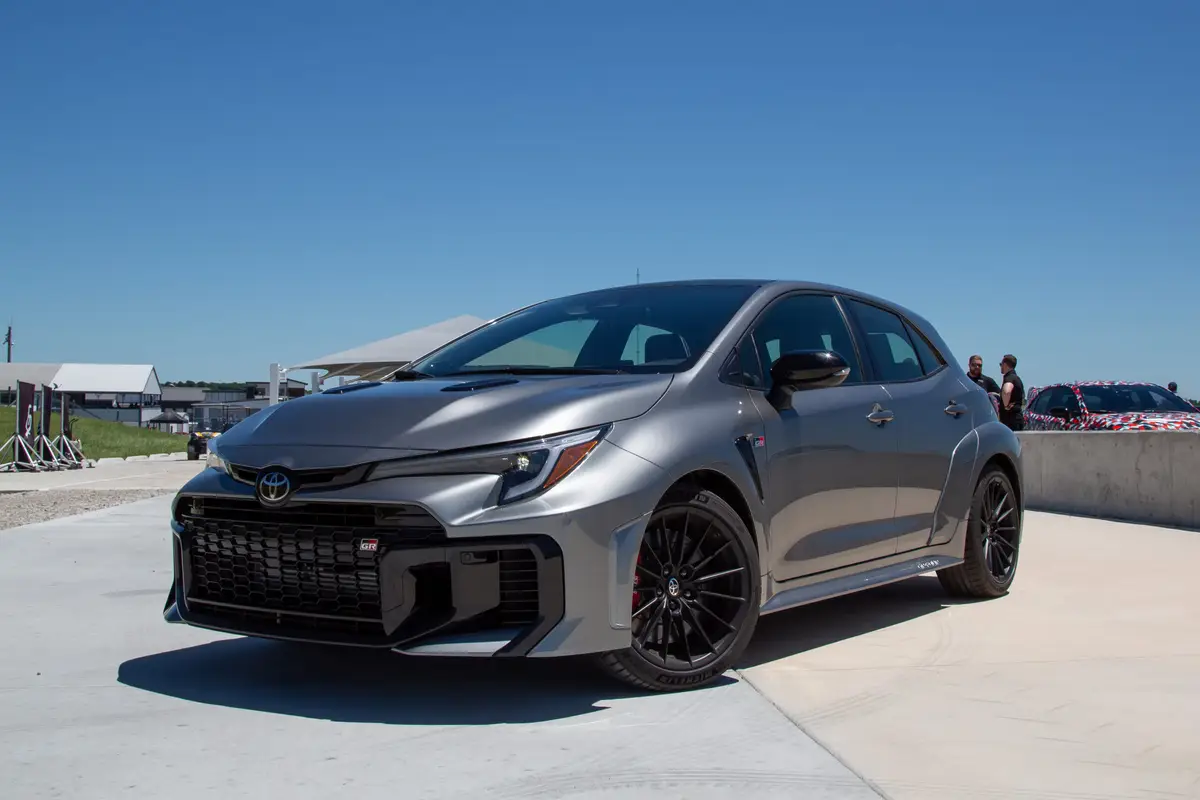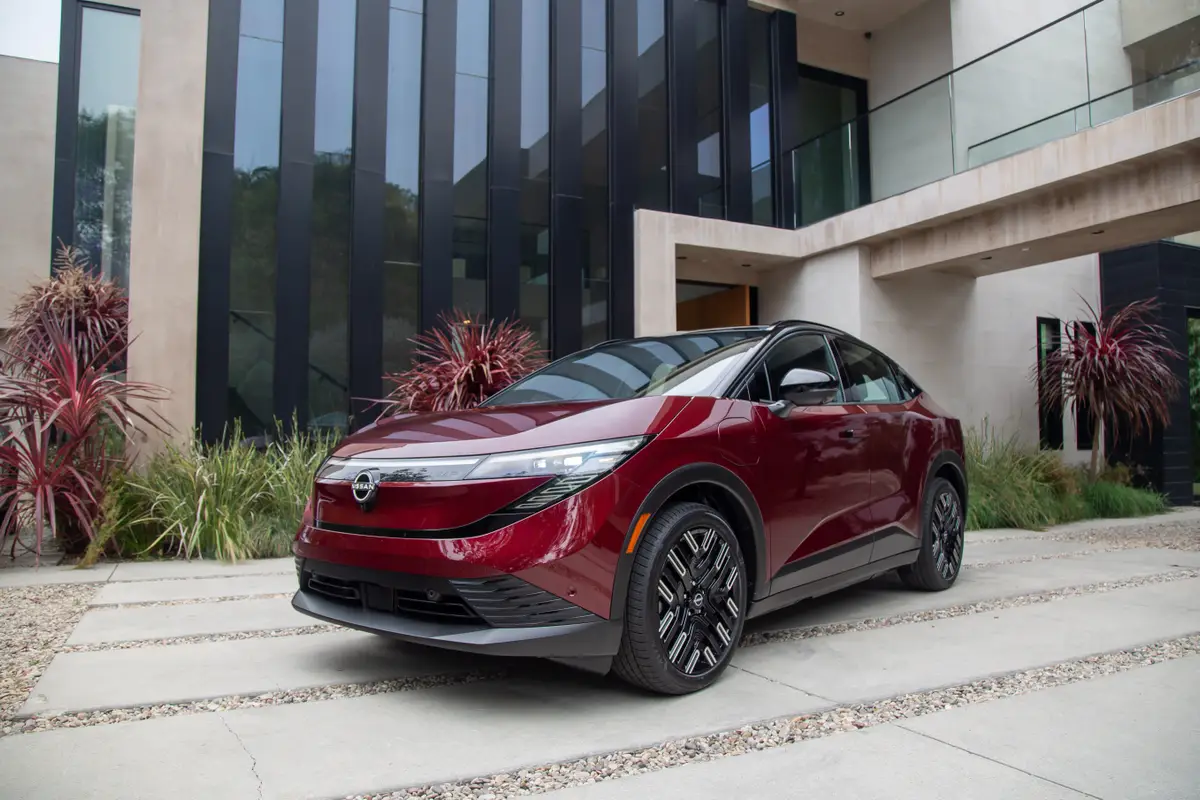What Makes an Autonomous Car?


CARS.COM — For decades, motorists have dreamt of the day when they could pile into the family truckster, tell it where they want to go and sit back while the car takes them there by itself. Finally, finally, we are able to declare this: Self-driving cars are not only just around the corner; they’re (almost) already here. There’s even a chance that you have one with most of the technology sitting in your driveway.
Related: More Self-Driving Car News
Let me explain. While you can’t yet tell your car where you want to go and have it take you there, the components that will make this happen already are present in many modern vehicles.
What allows cars to be autonomous?
There are three trends over the past 30 years that have birthed autonomous technology:
- Sensors in cars: These allow the car to understand what’s going on under the hood, inside the car and around the car. The latter includes parking sensors, blind-spot monitoring systems and more.
- Actuators in cars: These small electric motors and pumps allow the car to react to sensor data and take steps previously only a driver could take, or that were impossible. These include antilock brakes, automatic emergency braking systems and electric power steering.
- On-board computer brainpower: Computers analyze all that data, processing decisions faster and making your car work more reliably with each passing year.
For instance, your car can measure things such as wheel speed, steering wheel position, engine throttle position and more, letting the computer “know” what the car is doing. Radar and cameras measure nearby obstacles (and the space between them, such as when it comes to finding a parking space) and identify approaching cars, nearby pedestrians, parking-lot obstacles and lane markers to let the car know what’s going on around it.
Because of these new systems, cars now can react instantly on their own instead of just warning the driver. Some cars don’t always need you to steer, brake, accelerate or swerve. The most obvious example of this is self-parking systems that can pull a car into or out of a spot, with the driver operating only the brake pedal and the gear shifter.
Every automaker includes these various sensors and actuators in some or all of their U.S. models, sometimes enabling automated systems — let’s call them the “core competencies.” They can be found in everything from the Porsche Cayenne to the Ford Focus; they are not relegated only to the most-expensive models.

Detroit Bureau Chief Aaron Bragman has had over 25 years of experience in the auto industry as a journalist, analyst, purchasing agent and program manager. Bragman grew up around his father’s classic Triumph sports cars (which were all sold and gone when he turned 16, much to his frustration) and comes from a Detroit family where cars put food on tables as much as smiles on faces. Today, he’s a member of the Automotive Press Association and the Midwest Automotive Media Association. His pronouns are he/him, but his adjectives are fat/sassy.
Featured stories




